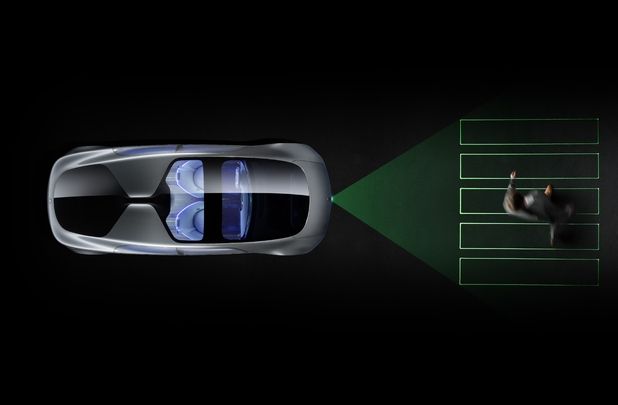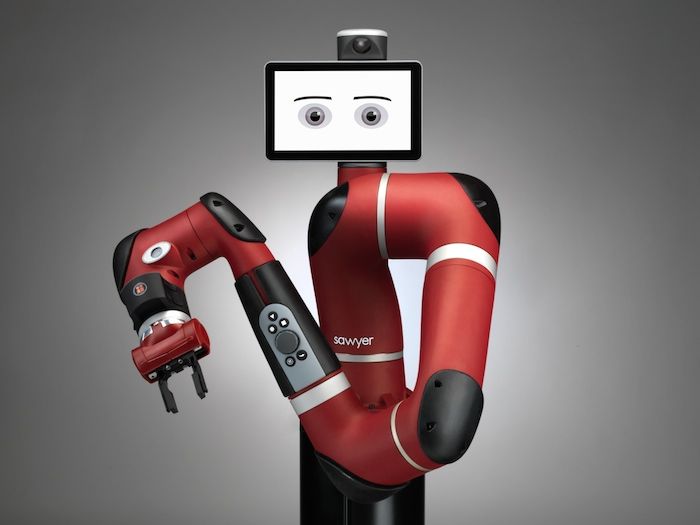Mar 24, 2015
Super Physics for Super Technologies
Posted by Benjamin T. Solomon in categories: astronomy, cosmology, defense, disruptive technology, education, engineering, general relativity, particle physics, physics, quantum physics, science, space travel
 Title: Super Physics for Super Technologies
Title: Super Physics for Super Technologies
Sub Title: Replacing Bohr, Heisenberg, Schrödinger & Einstein
Author: Benjamin T Solomon
Paperback: 154 pages
Publisher: Propulsion Physics, Inc. (March 19, 2015)
ISBN-10: 1508948011
ISBN-13: 978–1508948018
Language: English
Publisher’s Link: Super Physics for Super Technologies
Amazon’s Link: Super Physics for Super Technologies
Reviewer’s comments: “Benjamin is the second researcher I have met who has tried to consider a nonsingular cosmology. The first was Christi Stoica, which I met in 2010″.
Andrew Beckwith PhD
The Objective: This book, Super Physics for Super Technologies, proposes that a new physics exists. The findings are based on 16 years of extensive numerical modeling with empirical data, and therefore, both testable and irrefutable.

 I’m sitting in a desk chair in an office in Mountain View, California. But with a virtual-reality headset strapped to my head and headphones over my ears, it looks and sounds like I’m standing in the belly of a blimp, flying high above silent city blocks dotted with billboards for a Despicable Me theme-park ride.
I’m sitting in a desk chair in an office in Mountain View, California. But with a virtual-reality headset strapped to my head and headphones over my ears, it looks and sounds like I’m standing in the belly of a blimp, flying high above silent city blocks dotted with billboards for a Despicable Me theme-park ride.













